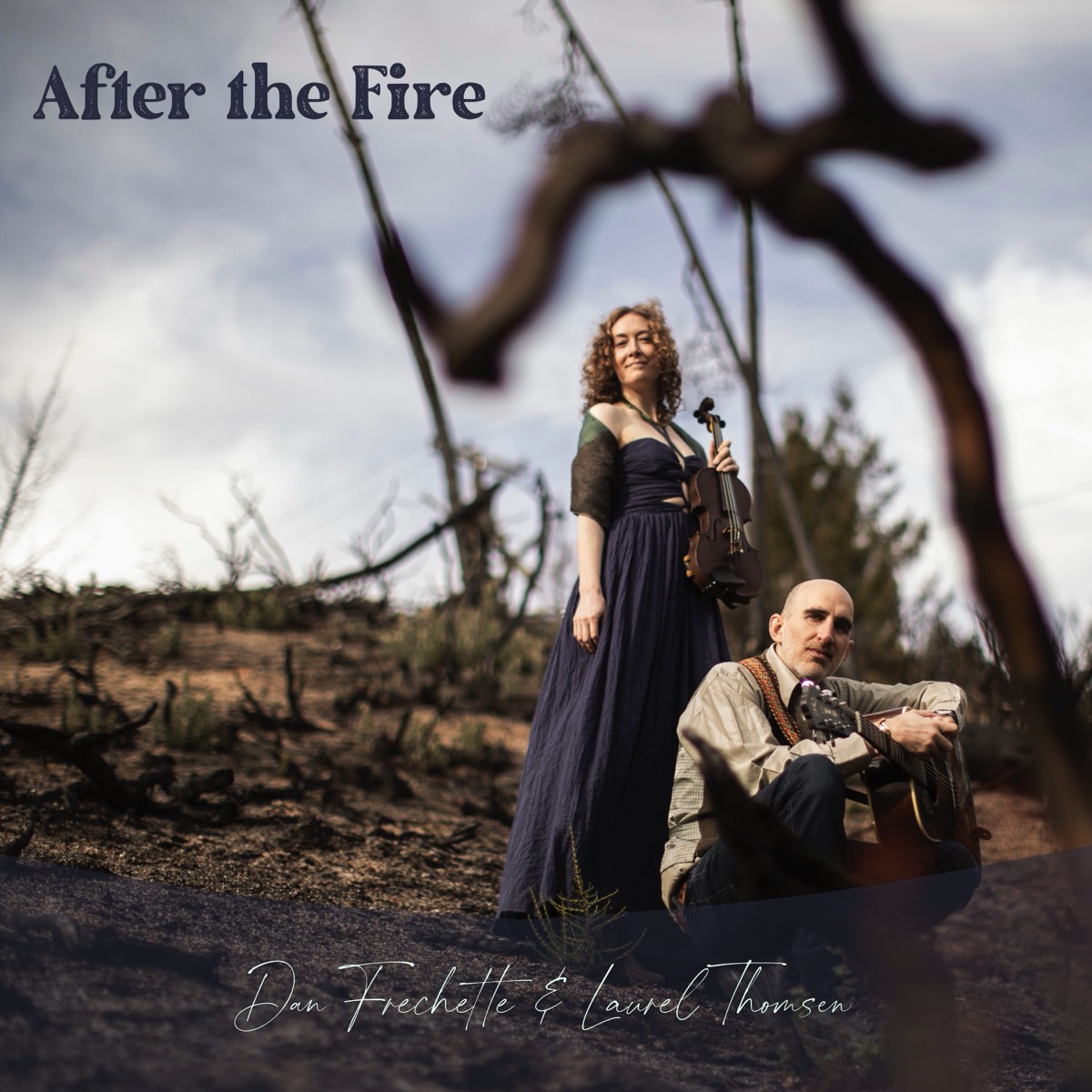Between many method books now including play-along tracks, or just wanting to play along with our favorite albums, or videos we find on YouTube, once we've practiced along with a range of pre-recorded tracks and accompaniments, eventually we come across one that makes us sound out of tune, even despite sounding in-tune when playing without it. What's going on? We might re-check our string tuning. We might go so far as to whip out a chromatic tuner and start examining our fingertip placements for suspect notes. Everything seems to check out, yet still, something is annoyingly off.
It so happens that the note we usually tune a violin or viola's A string to (the A above middle C), while standard in the United States and the United Kingdom, is nothing too special. Also called the Stuttgart Pitch, deciding that an A should resonate at 440 hertz (cycles per second) was nothing magical, or driven by some universal truth of the natural world. The Society of German Natural Scientists and Physicians agreed to it at a meeting in Stuttgart, Germany in 1834, after a Prussian silk manufacturer named Johann Heinrich Scheibler created a system to measure pitch and recommended it. Likely that frequency was simply what he'd used for his "tonometer" - essentially a set of graduated tuning forks. While A-440 gradually became more widely accepted, it wasn't until a century later, in 1936, that the American Standards Association officially recommended it.
Before Scheibler and his tonometer, tuning was regional, often based on the pitches the church organ happened to be tuned to. The pitch we call "A" swung wide - apparently as low as A-370 and as high A-455. Opera composer Giuseppe Verdi was vocal in his preference of A-432, and one can only imagine the added stress on the vocal chords for opera singers singing higher than he intended.
As we soon discover when we're practicing on our own, as long as our A is tuned to something similar to A-440 and our other open strings are tuned in perfect fifths from there, it doesn't really make a difference to our playing or instrument if A is a bit sharp or flat. We may get used to certain frequencies, but because most of us are relying on relative intonation rather than "perfect" pitch, as soon as our ears orient to the opening notes of a piece or song, it starts to create the appropriate intervals to form the intended melody. Even with tuning apps obiqitious on our smart phones, "who has a 'good' A" is still heard at the start of many ensemble and band rehearsals. As long as we're tuned to each other it makes little difference if A is 440, or as is still common throughout much of Europe, A is tuned to 442 or 444, or even a pitch slightly lower than 440, like in the 1860s when A-435 became the French standard, adopted by many orchestras and ensembles throughout Europe the mid-1800s.
Back to this issue of practicing along with recorded accompaniments, if we aren’t playing any open strings it should be possible to listen and adjust the fingers slighting more sharp or flat. Armenian–American violin teacher Ivan Galamian advised not to tune too often while practicing, probably in part to simulate performance settings where tuning is usually not possible during a concerto that could last over 20 minutes, but also to help us learn to listen more thoroughly and avoid being overly-reliant on "muscle memory." However, when our entire instrument is tuned to a different A, even a slight mismatch can be enough to throw anyone off, or certainly make everything feel and sound a bit strange.
For example, as a teen I remember purchasing the following recording of Elizabeth Wallfish's J.S. Bach Violin Concerto in A minor, and being shocked when I tried to pick up my violin and play along:
Contrast this with the same concerto recorded by Hilary Hahn:
Both sound like Bach's Concerto in A minor, but the first is using traditional Baroque instruments tuned to 432, and the second sounds like A-440 or even a slightly higher A. Each starts with what we typically call "open E," though we see how different this E can be!
So how do we tune to a specific track we want to play along with? If we don't know what a particular recording is tuned to, but we know the melody and pitches involved, we can simply listen until we hear one of our open string pitches and tune to that moment of the piece. Whether or not that pitch is an A, if we can get one string tuned to the track we can tune the others in fifths to it. If we are less familiar with this harmony style of tuning, we can also grab a tuner, determine how much higher or lower our newly tuned string is, and use the tuner to tune the other strings in the same direction by a similar amount.
If the piece or song is in a key with many sharps or flats, where few or maybe no open string pitches exist within the melody, there are usually enough notes that will match or at least harmonize with one of our open strings that just playing our open strings along with the recording for a while can help us figure out where we need to go. Worse case, we can play along and see if our fingers need to move sharp or flat to match the pitches and then tune our open strings incrementally in this direction until it doesn't feel like we are needing to change our left hand placements anymore. This is one situation where fine tuners or geared pegs on all the strings really do come in handy, or at least well conditioned traditional pegs and good experience using friction pegs.
Of course, many educational methods including these accompaniment tracks, such as the Suzuki method and Barbara Barber's "Solos for Young Violinists" and "Solos for Young Violists," include a tuning tone at the beginning of the track list. Tune your A to this and the rest of your strings in fifths from there and you should be good to go! I personally have been enjoying the slightly brighter A-442 in recent years, but we have to be flexible with our ear and intonation, and always in harmony with those around us, in music, and in life!
References and further reading:
https://en.wikipedia.org/wiki/A440_(pitch_standard)
https://en.wikipedia.org/wiki/Johann_Scheibler
https://daily.redbullmusicacademy.com/2017/10/a440-tuning-standard-feature

